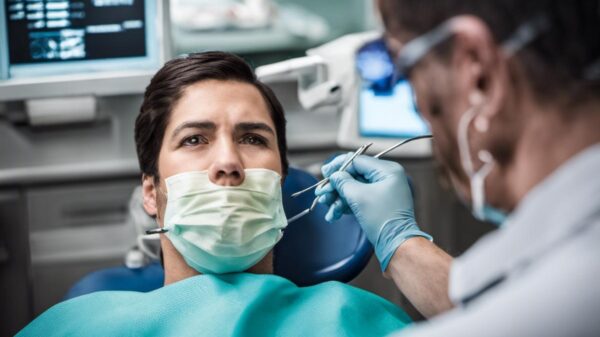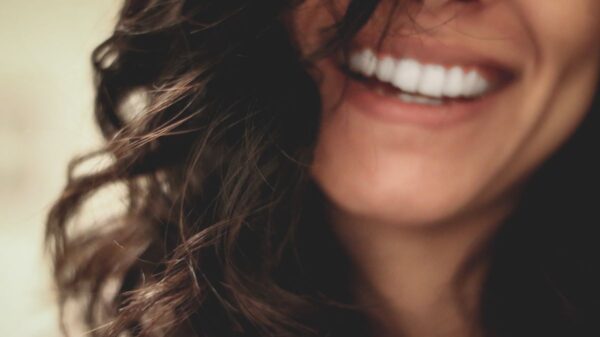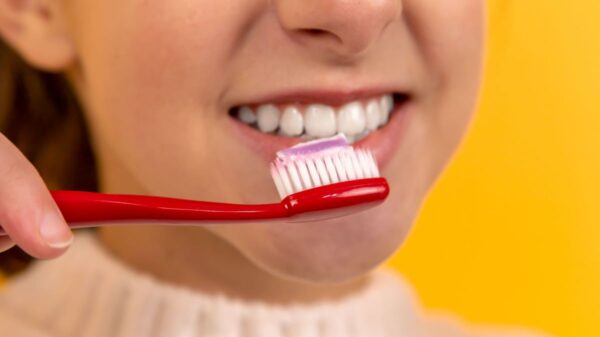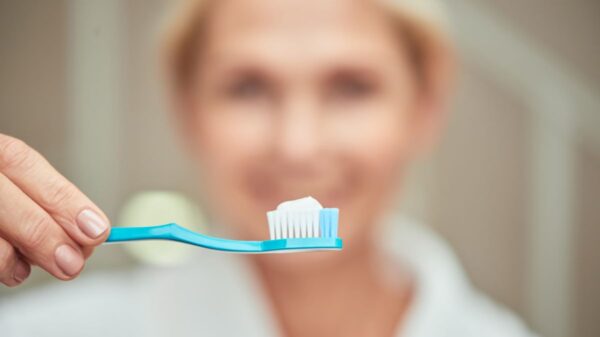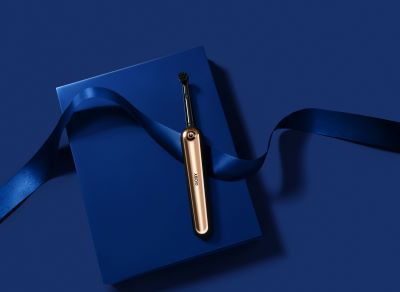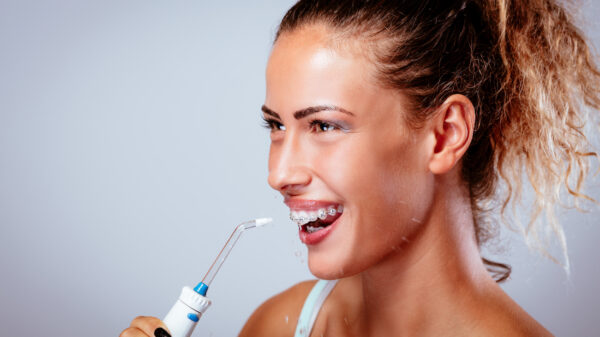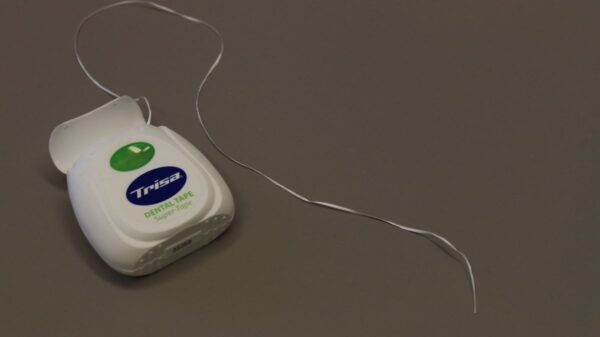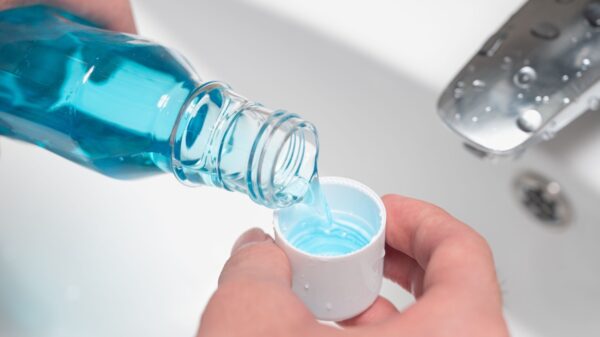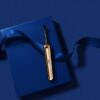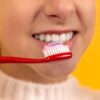Using An Electric Toothbrush After Wisdom Tooth Removal
An electric toothbrush is a great option for brushing your teeth after you have had your wisdom teeth removed. It is important to follow the instructions given to you by your dentist and/or oral surgeon.
Is it okay to use an electric toothbrush after having my wisdom teeth pulled? Typically after 2-3 days of not brushing, it is ok to brush using a gentle toothpaste and an electric or manual toothbrush. However, whatever toothbrush you use, manual or electric, make sure it is gentle. If it is a harsh toothbrush it can irritate your gums.
If your wisdom teeth have been removed, it is important that you closely follow the instructions given to you by your dentist and/or oral surgeon. Typically, they will recommend not brushing for 2-3 days after surgery until the bleeding has stopped.
After that period, it’s ok to brush using gentle toothpaste and an electric or manual toothbrush. Be sure to avoid any food that may irritate, such as crunchy or hard foods. If you have any questions or concerns following your surgery, be sure to speak with your dentist.
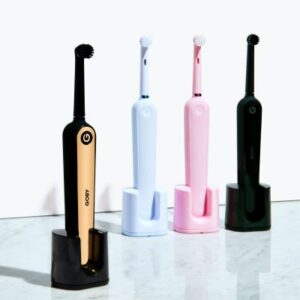
Benefits Of An Electric Tooth Brush
Electric toothbrushes are very common, but some people worry about using them after they’ve had their wisdom teeth pulled. If you’ve had your wisdom teeth removed, it’s important to follow the
proper instructions when brushing your teeth. However, electric toothbrushes can be quite helpful in getting around all of the areas that were affected by the surgery.
One of the best things about electric toothbrushes is that they come with timers that make sure you brush for the recommended two minutes.
If you’re using a manual toothbrush, it’s important to make sure you brush all areas of your mouth for two minutes at least. Electric toothbrushes can help to ensure that you’re brushing your teeth for the recommended amount of time.
Another great thing about electric toothbrushes is that they have different settings that can be helpful for different areas of your mouth. If you’re having trouble reaching some areas of your mouth, it might be a good idea to switch to a brush with a smaller head. There are many different types of electric toothbrushes, so be sure to find the one that best suits your needs.
Talk To Your Dentist
Electric toothbrushes are a great addition once your wisdom teeth have been removed, but they aren’t a replacement for proper oral hygiene. If you have any questions about using an electric toothbrush after your wisdom teeth have been removed, be sure to ask your dentist.
They can help to recommend the best type of brush for you and can give you tips on how to use it correctly. Thanks to advances in technology, it’s easier than ever to find a great electric toothbrush that can help you to take care of your teeth after wisdom teeth removal.
Oral Care After Wisdom Tooth Extraction
If you’ve had your wisdom teeth removed and want to use an electric toothbrush, it’s important to follow the instructions of your dentist or oral surgeon. Many different types of electric toothbrushes come with their own sets of pros and cons, so be sure to find one that works best for you after your wisdom teeth have been removed.
There are a few things you can do to take care of your teeth after your wisdom teeth have been pulled.
Firstly, you should avoid eating anything solid for the first few days after surgery. This means that you should stick to drinking fluids and soft foods.
Some good soft food options include soup, mashed potatoes, pasta, and ice cream. It is important to drink plenty of liquids because you may be slightly dehydrated after surgery. You should try drinking a few extra glasses of fluid a day until your post-surgery appointment with your dentist.
Your dentist will probably give you painkillers after the procedure, and these can make it difficult to eat anything. These painkillers usually wear off after a day or two, so you should be able to start eating solid foods by then.
It is also important to keep your mouth clean after surgery. This means brushing your teeth at least twice a day and using dental floss. You may also want to use a mouthwash, but ask your dentist for advice on which one is best for you
Be sure to follow your dentist’s instructions closely after wisdom teeth removal. By taking care of your teeth properly, you can minimize the chances of developing any complications.
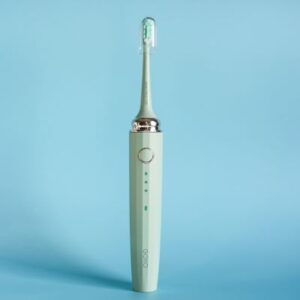
How To Get The Most Out Of An Electric Tooth Brush
Now that you know how to use an electric toothbrush, it’s time to learn how to get the most out of it. Here are a few tips:
- Always brush your teeth for two minutes at a time.
- Make sure to brush on all surfaces of your teeth.
- Circular motions are good for the inside surfaces of your teeth, and it’s a good idea to retrace your toothbrush strokes on these surfaces.
- Up-and-down emotions are better used on the outside surfaces of your teeth because they allow you to reach most places that a circular motion can’t – such as in between teeth.
- Don’t forget to brush your tongue, upper palate (roof of your mouth), gums, and the insides of your cheeks.
- You can use toothpaste if desired.
- It’s not necessary, but it can help freshen breath or provide other cosmetic benefits.
- If you do decide to use toothpaste, only put a small amount on your toothbrush.
Learn Your Electric Tooth Brush
- Make sure to check the user’s manual for your specific model for any additional instructions.
- Brush heads should be replaced every three months or sooner if you notice that they are not cleaning your teeth as well.
- It’s important to replace brush heads because, over time, they get worn out and can’t properly clean your teeth.
- Keep in mind that even when you follow all the tips mentioned above, it might take some time for you to adjust to using an electric toothbrush compared to a manual toothbrush.
- Remember, practice makes perfect!
You can always improve with time and dedication, but it’s important to take your time when learning how to use an electric toothbrush.
Dry Socket
A dry socket is a condition that develops following the extraction of a tooth. It is characterized by pain and discomfort, with increased sensitivity to both hot and cold.
The surrounding area may be swollen, red, or black. A dry socket can develop when the blood clot which forms over the extraction site gets dislodged prematurely before the socket has healed.
There are a few things that can be done to help avoid developing a dry socket after getting wisdom teeth pulled. One is to follow the post-operative instructions provided by your dentist closely. This includes not smoking, drinking through a straw, or rinsing the mouth out with water following the extraction.
You should also avoid eating hard or crunchy foods. Instead, stick to soft, bland foods for the first few days after surgery. If you are experiencing pain, take ibuprofen or acetaminophen as directed by your doctor. Finally, if the pain persists or worsens after a few days, contact your dentist.
By following these simple steps, you can help reduce your risk of developing a dry socket.
Why You Should Use Electric Toothbrushes
There are many benefits of using an electric toothbrush. Firstly, they are more effective at removing plaque and bacteria from teeth than a manual toothbrush. This is because the bristles on an electric toothbrush can rotate faster and cover more surface area, meaning that your teeth will be cleaner overall.
Electric toothbrushes are also more gentle on your teeth and gums than manual toothbrushes. This is because they do not require as much pressure to be effective, so you are less likely to cause irritation or damage.
Additionally, electric toothbrushes come with a range of different settings, which can be tailored to your specific needs. For example, if you have sensitive teeth, you can use a gentler setting on your toothbrush. This will help to keep your teeth and gums healthy and free from irritation.
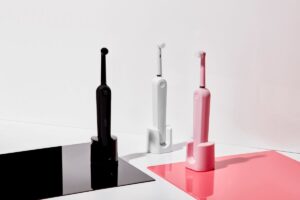
In Conclusion
Overall, using an electric toothbrush is an excellent way to keep your teeth clean and healthy. They are more effective than manual toothbrushes at removing plaque and bacteria, and they are also gentler on your teeth and gums.
Additionally, they come with a range of different settings, so you can tailor them to your specific needs. If you are looking for an effective and gentle way to keep your teeth clean, then an electric toothbrush is the perfect choice for you.
Make sure you contact your dentist for specific guidance for all of these issues and questions. Some wisdom tooth/teeth extractions or more intense and require further special care. Every situation can be different. Remember to be gentle with your mouth and allow the healing process to begin.


